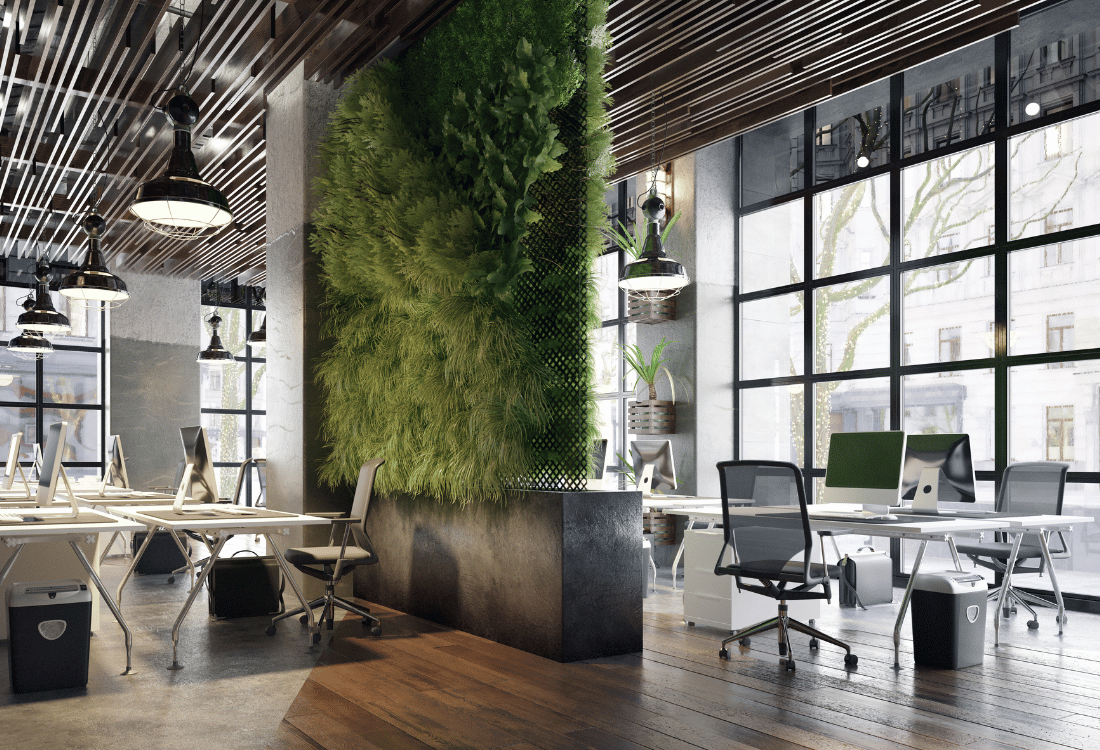
How To Improve Employee Wellbeing Through Ergonomic Office Design
Did you know back pain is one of the biggest causes of work absences with a staggering 12 million days lost every year? Back problems can affect everyone in the workplace – from short-term muscular aches to long-term debilitating conditions and chronic pain.
While not all problems will be specifically work-related, many of us spend increasing amounts of time at static workstations and maintaining the same position for hours simply isn’t good for our spines.
Employing ergonomic office design can support your staff’s wellbeing, rather than hinder it, with furniture that encourages spinal health and alleviates back problems.
What Is Ergonomic Office Design?
Ergonomic design focuses on enhancing comfort for individuals in the workplace and creating an environment that fosters their overall well-being. It considers the physical and mental capacities of your employees, the arrangement and aesthetics of your workspace, as well as the nature of tasks being performed.
By paying attention to ergonomics, you can create a work setting that promotes productivity, reduces discomfort, and supports the health and efficiency of your team members.
What Are The Benefits Of Ergonomic Office Design?
Ergonomic office design supports your employees’ wellbeing and reduces the risk of workplace injuries. It also cuts the days lost to staff absence due to things like back pain or repetitive strain injury.
Productivity can increase because a well-designed office or workspace will reduce the time and effort to complete tasks. Additionally, ergonomically designed equipment is easier for people to operate, meaning they work more efficiently. Quality of work can increase as a result – when people are more comfortable, they’re more focussed and work more accurately.
Employee satisfaction is also enhanced because you create a more comfortable and enjoyable work environment and if staff are happier, they’re less likely to suffer burnout or quit.
How To Use Ergonomic Design To Benefit Employee Wellbeing
The furniture your staff use is a key part of ergonomic office design. Ergonomic chairs are used to support proper posture and reduce the risk of musculoskeletal issues while ergonomic tables can be adjusted to suit the size and height of workers as well as whether they prefer to work sitting down or standing up.
Indeed, standing desks can improve posture, reduce back pain, increase calorie expenditure and energy, improve wrist position and circulation and boost mood and focus. Keyboard trays and monitor stands also help to promote correct alignment and encourage regular movement.
Lighting & Space
It’s not just furniture which needs to be considered, the use of lighting is important too. Large windows not only improve employee mood, but they also let in more sunlight and vitamin D which in turn can lead to fewer sick days and reduced stress levels.
And lastly, a well-thought-out office design that features an open plan layout can offer the flexibility to be effortlessly reconfigured based on varying team sizes and activities. This adaptability not only enhances performance but also boosts engagement levels within the workspace.
Reach out to Creative Office and Commercial Interiors today and book your wellness-focused office redesign consultation today!
Image Source: Canva



